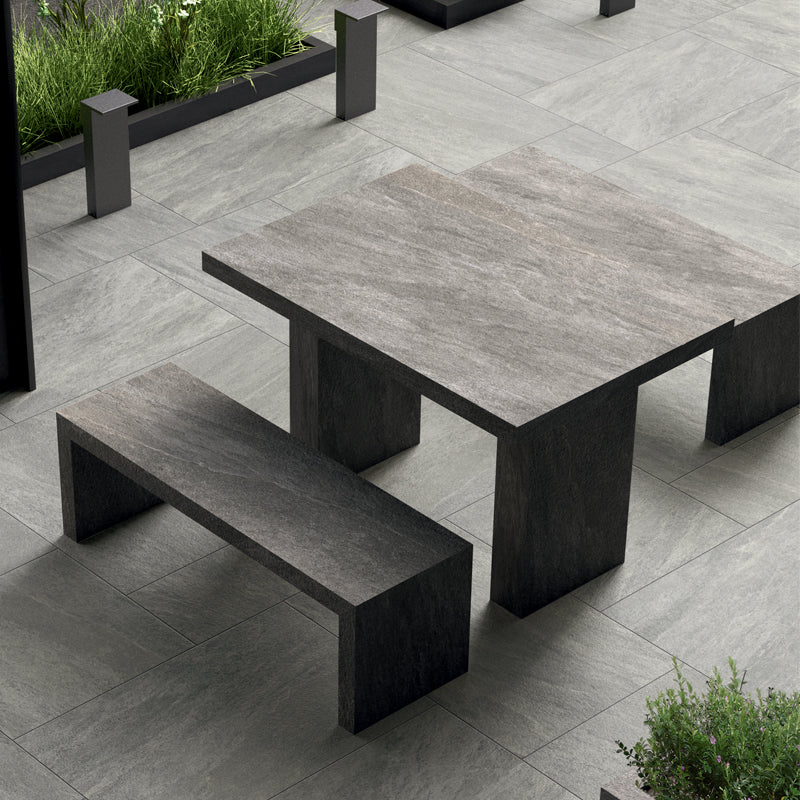
Make an impact
Clad Composites
Unlocking the Ultimate Guide to Composite Cladding in the UK: Everything You Need to Know
Introduction: Composite cladding stands at the forefront of architectural innovation in the UK, offering a blend of style, resilience, and eco-friendliness. In this comprehensive guide, we'll explore the intricacies of composite cladding, providing a roadmap for those seeking to elevate their structures with this cutting-edge material.
1. What is Composite Cladding? Composite cladding is a versatile building material composed of various elements such as wood fibers, plastics, and other recycled materials. Unlike traditional cladding materials, composite cladding offers superior durability and aesthetic appeal.
2. Types of Composite Cladding:
- Wood-Plastic Composite (WPC) Cladding: Blends natural wood aesthetics with the durability of plastic.
- Fiber Cement Composite Cladding: Combines cement with fibers for a robust and fire-resistant option.
- Aluminium Composite Cladding: Merges aluminium sheets with a polyethylene core, providing a sleek and modern appearance.
- Considerations for Choosing the Right Type: Factors like aesthetics, climate resistance, and budget play a role in selecting the most suitable composite cladding.
3. Benefits of Choosing Composite Cladding:
- Aesthetics and Design Options: Diverse styles and finishes, mimicking the look of traditional materials.
- Durability and Longevity: Withstands weathering, rot, and pests, ensuring a longer lifespan.
- Low Maintenance Requirements: Minimal upkeep compared to wood or metal cladding.
- Environmental Sustainability: Utilises recycled materials and reduces the environmental impact of construction.
4. Installation Process:
- Preparing the Surface: Ensuring a clean and stable base for cladding attachment.
- Installing Substructure: Creating a framework for the cladding panels.
- Attaching Composite Cladding Panels: Securely fixing panels while allowing for expansion and contraction.
- Finishing Touches and Sealants: Enhancing the aesthetic appeal and ensuring weather resistance.
5. Design Trends and Styles:
- Modern and Contemporary Designs: Sleek lines and minimalist aesthetics.
- Mimicking Traditional Materials: Composite cladding can replicate the appearance of wood, stone, or brick.
- Customisation Options for Unique Architectural Expressions: Tailor the cladding to suit the project's design vision.
6. Maintenance Tips:
- Cleaning and Care: Regular cleaning to remove dirt and debris.
- Inspections and Repairs: Periodic checks for damage or wear, with prompt repairs as needed.
- Prolonging the Lifespan of Composite Cladding: Following manufacturer guidelines and best practices.
7. Regulations and Standards:
- Compliance with Building Codes: Ensuring adherence to local construction regulations.
- Fire Resistance and Safety Standards: Choosing cladding materials with appropriate fire ratings.
- Environmental Certifications: Seeking products with recognised environmental certifications.
8. Case Studies:
- Showcase of Successful Composite Cladding Projects in the UK: Highlighting real-world applications.
- Before-and-After Transformations: Illustrating the visual impact of composite cladding.
9. Cost Considerations:
- Initial Costs vs. Long-Term Savings: Analysing the upfront investment against the durability and low maintenance costs.
- Return on Investment: Understanding the value composite cladding adds to the property.
10. FAQs about Composite Cladding:
- Common Questions and Answers: Addressing queries about installation, maintenance, and performance.
- Expert Insights on Key Concerns: Providing guidance from industry professionals.
Conclusion: Armed with this comprehensive guide, you are well-equipped to harness the full potential of composite cladding. Elevate your architectural projects, embrace sustainability, and enjoy the enduring benefits that composite cladding brings to the forefront of modern construction in the UK.















